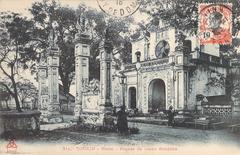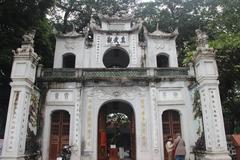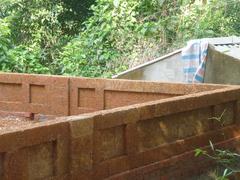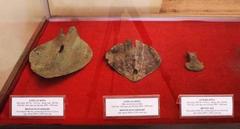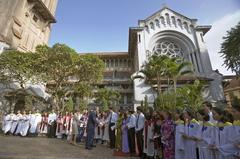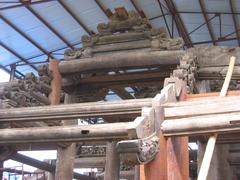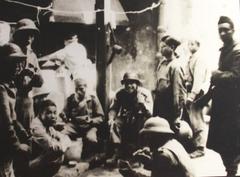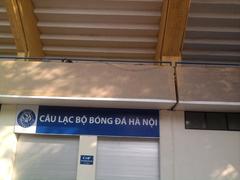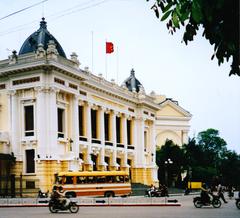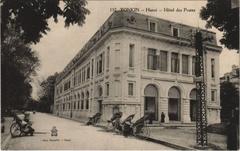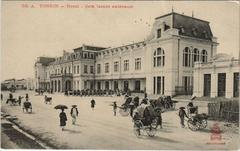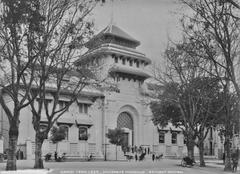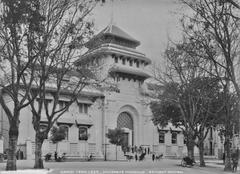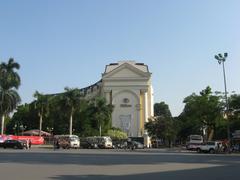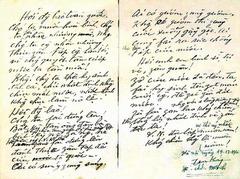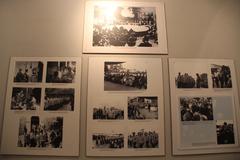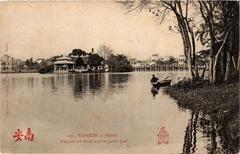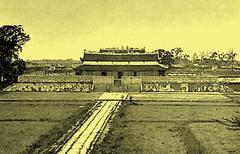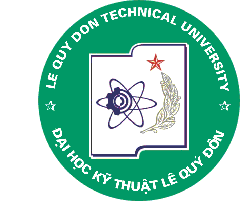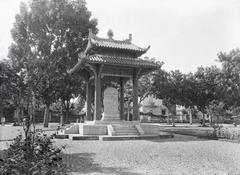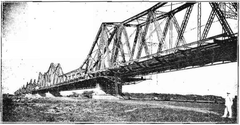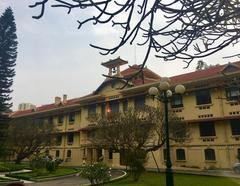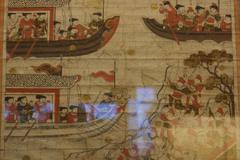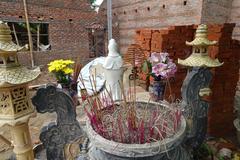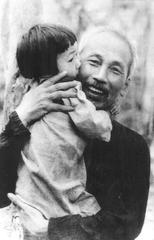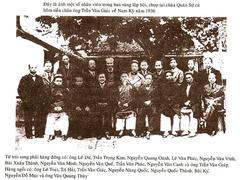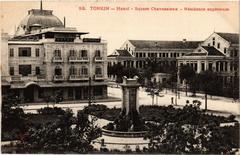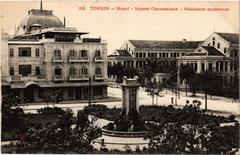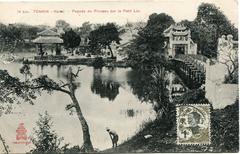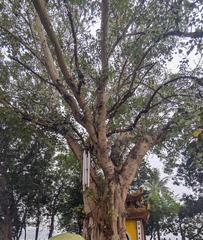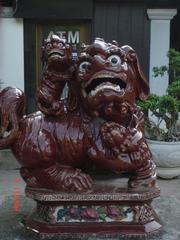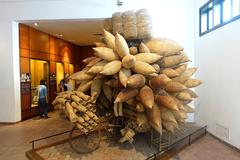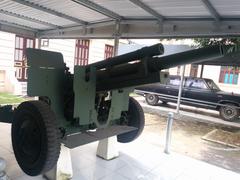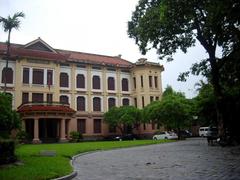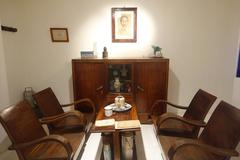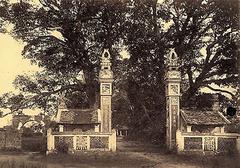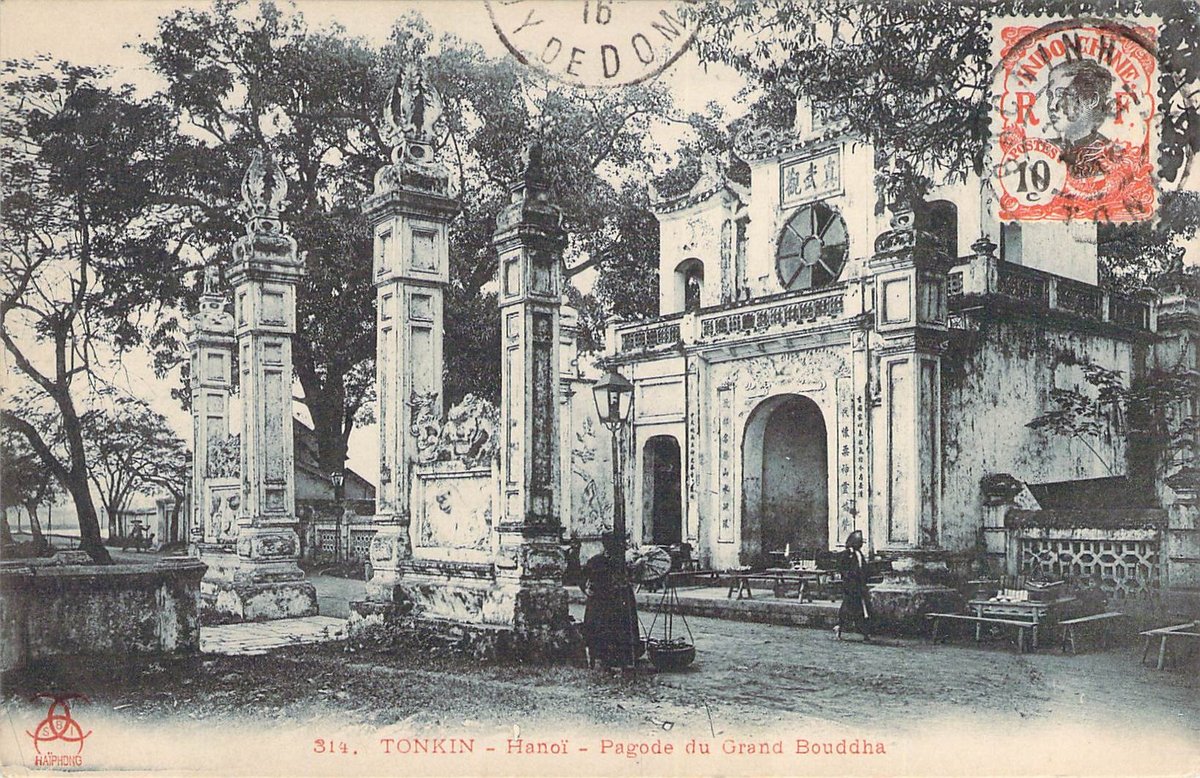
Visiting Đền Quán Thánh: Hours, Tickets, and History
Date: 18/07/2024
Introduction
Đền Quán Thánh, also known as the Temple of the Tran Quoc Pagoda, is a revered historical and spiritual site located in the vibrant city of Hanoi, Vietnam. This ancient Taoist temple is a testament to Vietnam’s rich history, architectural mastery, and cultural heritage. Established during the Lý Dynasty, the temple has stood the test of time, enduring numerous historical challenges, and continues to serve as a beacon of resilience and spiritual significance. Visitors are drawn to Đền Quán Thánh not only for its religious importance but also for its architectural splendor and the serene atmosphere it offers. In this comprehensive guide, we will explore the rich history and significance of Đền Quán Thánh, provide practical visitor information, and delve into its architectural marvels. (Hanoi - Temple of the Tran Quoc Pagoda)
Table of Contents
- Introduction
- History and Significance of Đền Quán Thánh
- Visitor Information
- Frequently Asked Questions (FAQs)
- Conclusion
History and Significance of Đền Quán Thánh
Early Beginnings and Imperial Patronage
The temple’s roots trace back to the Lý Dynasty, specifically to the reign of Lý Thái Tông (1028-1054). According to historical records, the temple was initially constructed in 1010 AD during the reign of Lý Thái Tổ, the founder of the Lý Dynasty. (Hanoi - Temple of the Tran Quoc Pagoda). It was dedicated to Huyền Thiên Trấn Vũ, a prominent Taoist deity revered for his role in subduing demons and protecting the north.
The temple’s location, near West Lake and at the intersection of two rivers (nowadays only one river remains), was strategically significant. It reflected the geomantic principles of feng shui, emphasizing harmony with the surrounding environment. The temple’s position aimed to provide spiritual protection to the ancient capital of Thăng Long (present-day Hanoi).
Over the centuries, Đền Quán Thánh received considerable attention and patronage from various Vietnamese emperors and dynasties. The temple underwent significant renovations and expansions, particularly during the reign of Lê Hy Tông in the late 17th century. These renovations solidified the temple’s grandeur and architectural splendor, reflecting the architectural styles prevalent during the Lê Dynasty.
A Symbol of Endurance Through Trials
Đền Quán Thánh, like many ancient structures in Vietnam, endured its share of challenges throughout history. The temple suffered damage during the tumultuous period of French colonial rule in the late 19th and early 20th centuries. However, it withstood these trials, standing as a symbol of Vietnamese resilience and cultural preservation.
The Legend of Huyền Thiên Trấn Vũ
The temple’s central figure, Huyền Thiên Trấn Vũ, is a prominent deity in Vietnamese Taoism. Legend has it that Huyền Thiên Trấn Vũ was a prince who achieved enlightenment through rigorous meditation and martial arts training. He is often depicted in Vietnamese art with a flowing black beard, wielding a sword, and subduing a turtle and snake under his feet. This imagery symbolizes his power over evil forces and his role as a protector.
Architectural Marvel and Cultural Treasure
Đền Quán Thánh showcases a harmonious blend of architectural styles, reflecting the influences of different periods in Vietnamese history. The temple’s layout follows traditional Vietnamese architectural principles, with various courtyards, halls, and shrines dedicated to different deities.
One of the temple’s most striking features is the imposing statue of Huyền Thiên Trấn Vũ, cast in black bronze in 1677. This colossal statue, standing at nearly four meters tall and weighing almost four tons, is a testament to the skill and artistry of Vietnamese bronze casting. The statue’s imposing presence and intricate details continue to captivate visitors, offering a glimpse into the rich artistic traditions of Vietnam.
Visitor Information
Visiting Hours
Đền Quán Thánh is open daily from 8:00 AM to 5:00 PM. It is advisable to visit early in the morning or late in the afternoon to avoid the crowds and enjoy a more serene experience.
Ticket Prices
The entrance fee to Đền Quán Thánh is 10,000 VND for adults and free for children under 10 years old. Tickets can be purchased at the entrance.
Travel Tips
- Getting There: The temple is easily accessible by taxi, motorbike, or bus. It is located near West Lake in Hanoi, at the intersection of Thanh Nien and Quan Thanh streets.
- Dress Code: As a place of worship, visitors are advised to dress modestly. Avoid wearing shorts, sleeveless tops, or revealing clothing.
- Nearby Attractions: While visiting Đền Quán Thánh, you can also explore nearby attractions such as Tran Quoc Pagoda, West Lake, and the Ho Chi Minh Mausoleum.
- Guided Tours: For a more in-depth understanding, consider joining a guided tour that includes Đền Quán Thánh as part of the itinerary.
Special Events
The temple is particularly popular during festivals, especially the Tet holiday, when it bustles with activity and vibrant celebrations. During these times, the temple becomes a hub of cultural festivities, offering a unique glimpse into Vietnamese traditions.
Photographic Spots
Đền Quán Thánh offers numerous picturesque spots for photography. The main courtyard, with its ancient trees and serene atmosphere, provides a perfect backdrop. The statue of Huyền Thiên Trấn Vũ is also a must-capture for photography enthusiasts.
Frequently Asked Questions (FAQs)
What are the visiting hours of Đền Quán Thánh?
Đền Quán Thánh is open daily from 8:00 AM to 5:00 PM.
How much are tickets for Đền Quán Thánh?
The entrance fee is 10,000 VND for adults and free for children under 10 years old.
Where is Đền Quán Thánh located?
The temple is located near West Lake in Hanoi, at the intersection of Thanh Nien and Quan Thanh streets.
What is the dress code for visiting Đền Quán Thánh?
Visitors are advised to dress modestly, avoiding shorts, sleeveless tops, or revealing clothing.
Are guided tours available?
Yes, guided tours that include Đền Quán Thánh as part of the itinerary are available and highly recommended for a more comprehensive experience.
Conclusion
Đền Quán Thánh stands as a cultural and spiritual beacon in Hanoi, offering visitors a chance to explore Vietnam’s rich heritage. Whether you are a history enthusiast, a spiritual seeker, or just a curious traveler, this ancient temple has something to offer. Don’t forget to check out our other related posts and follow us on social media for more updates on Hanoi’s historical sites. Plan your visit today and immerse yourself in the timeless beauty of Đền Quán Thánh.
References
- Title, 2024, Author Hanoi - Temple of the Tran Quoc Pagoda
